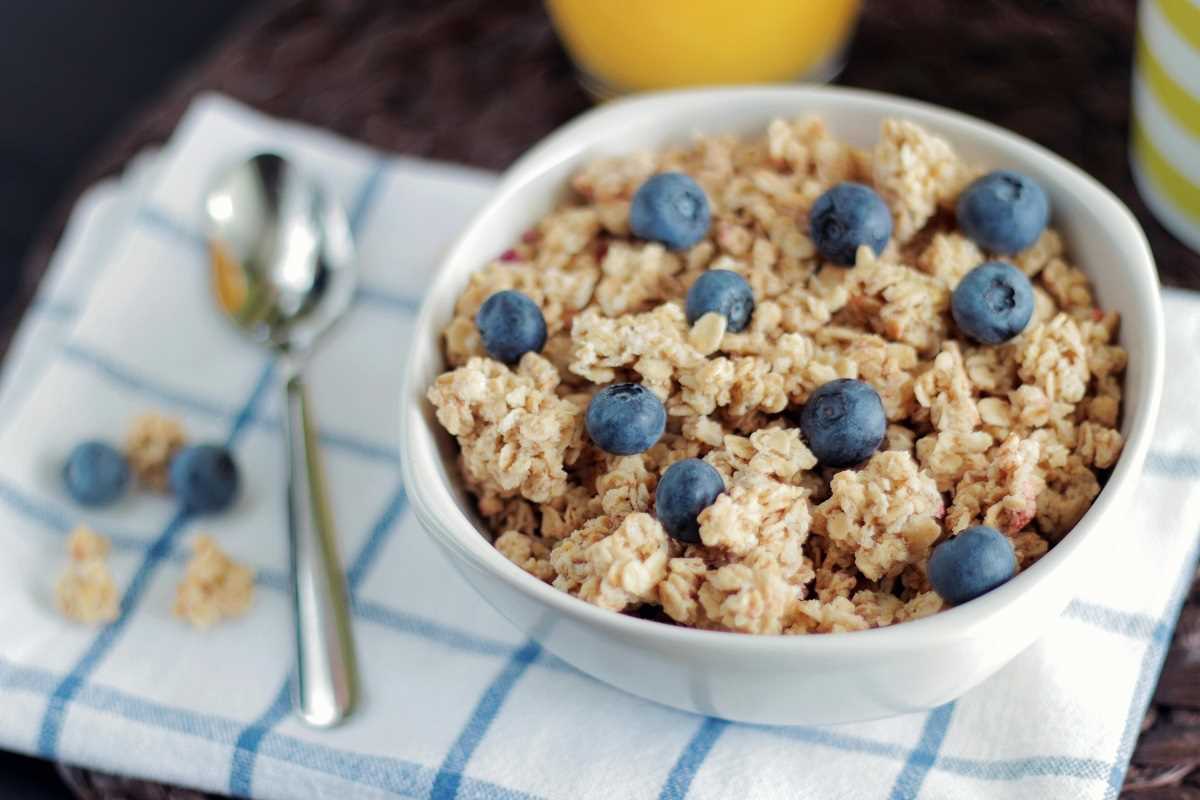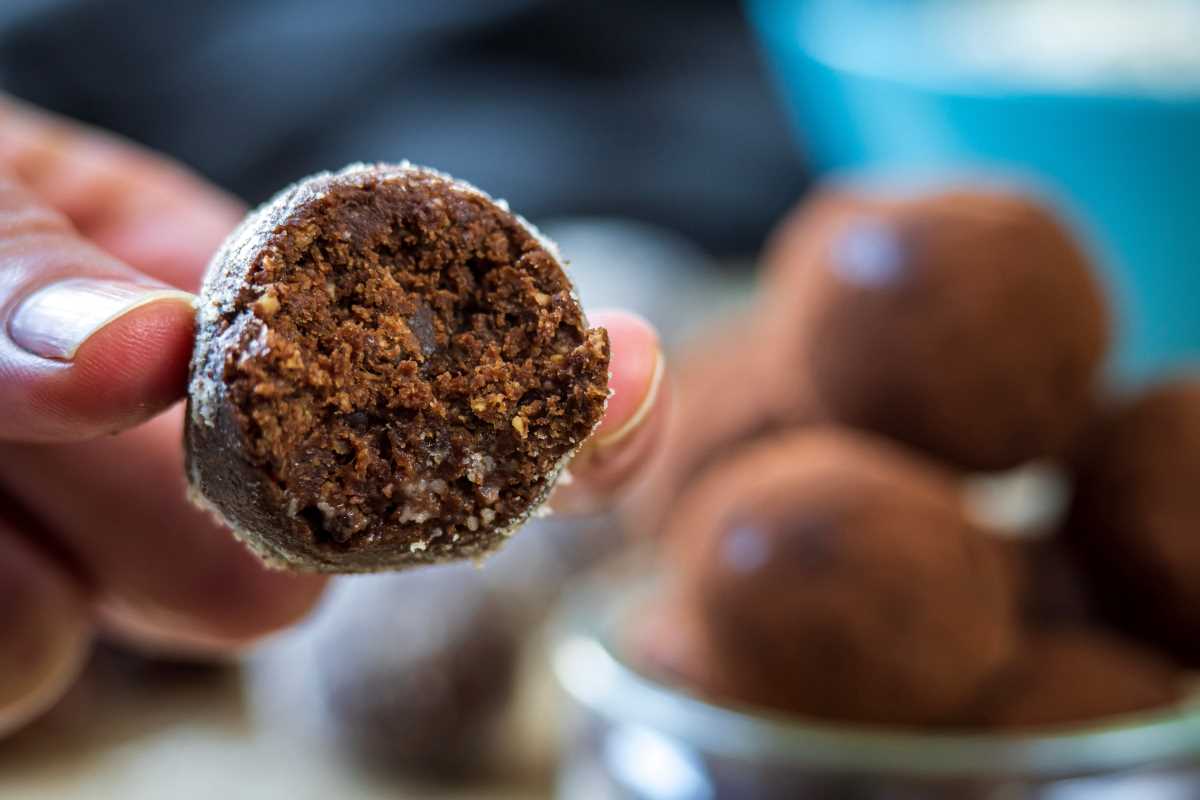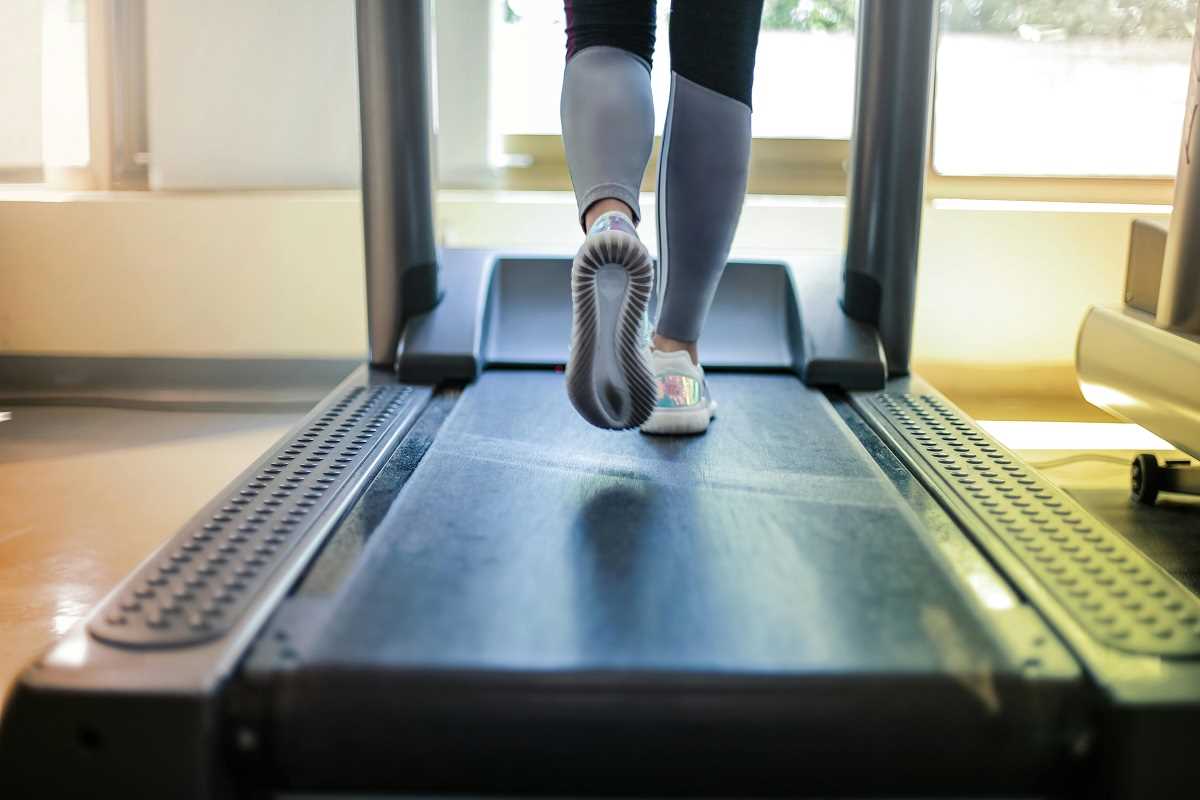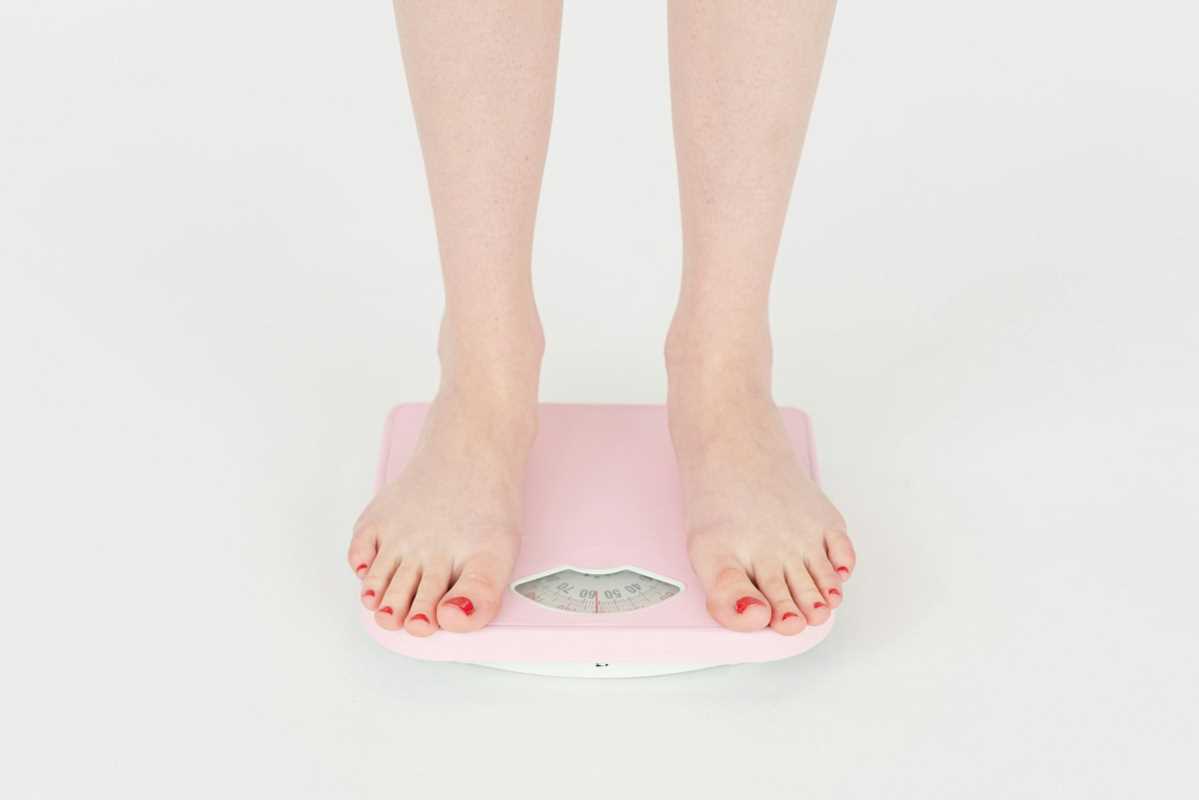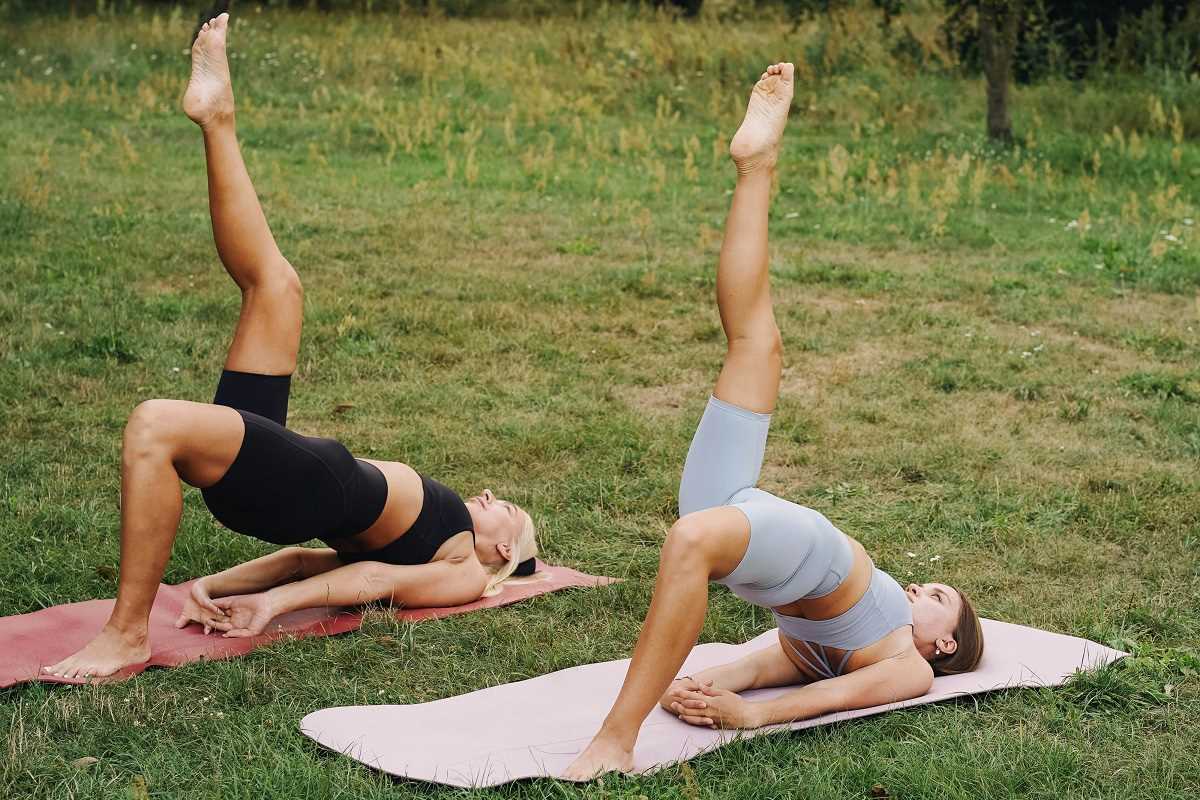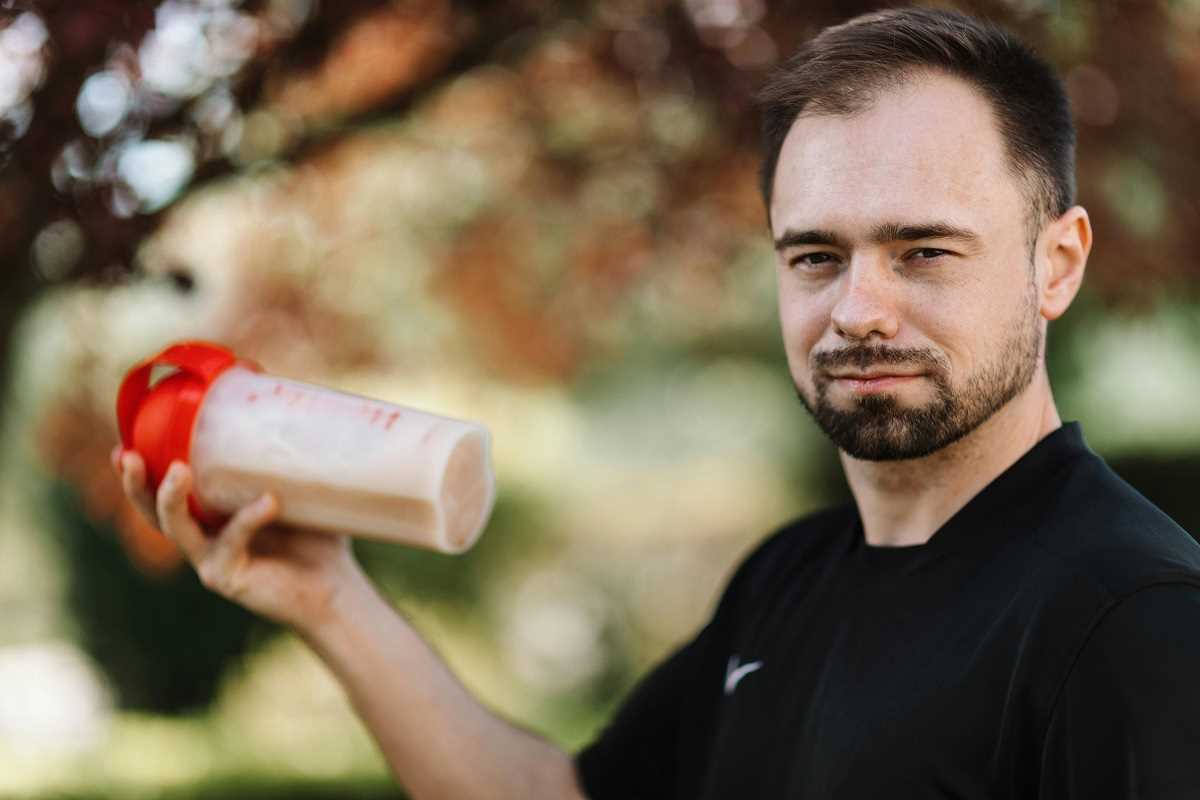If you've been working hard in the gym or spending countless hours doing crunches hoping to trim down your belly fat, you’ve likely encountered the concept of "spot reduction." This idea—that you can burn fat in a specific area of your body by targeting it with certain exercises—is a widely held belief. But just because something is popular doesn’t make it true.
Spoiler alert, though: spot reduction doesn’t work the way you wish it would. In fact, science debunks this fitness myth entirely. The good news? While you can’t dictate where you lose fat, there are tried-and-true ways to achieve overall fat loss and tone your body. Let's dig into the facts, debunk the myths, and share some practical tips to help you reach your fitness goals.
What Is Spot Reduction?
Spot reduction refers to the belief that you can target fat loss in specific areas of the body by performing exercises that work the muscles in those areas. The promise sounds tempting. Who wouldn’t want to shrink belly fat by doing crunches, slim down thighs with inner leg lifts, or tone their arms with endless bicep curls?
The appeal is understandable. A targeted approach seems both logical and convenient. But unfortunately, the way your body stores and burns fat doesn’t cooperate with this wishful thinking. Before we look at why spot reduction doesn’t work, it’s important to understand how fat loss actually happens.
Why Spot Reduction Is a Myth
The idea of spot reduction has been thoroughly disproven by scientific research, yet it continues to make its rounds in conversations and questionable marketing schemes. To understand why it’s not effective, consider the following:
1. How Fat Loss Works
When you exercise, your body burns energy through a combination of stored carbohydrates and fat. However, the energy isn’t pulled from only one specific area of your body, like your stomach or thighs. Instead, fat is broken down into molecules called fatty acids and glycerol, which then circulate through the bloodstream to be used for energy. The body doesn’t discriminate about where the fat gets burned. It draws from fat stores all over, meaning your workouts will affect your entire body—not just the areas you’re focusing on.
For example, doing crunches will engage and strengthen your abdominal muscles, but the fat sitting on top of those muscles won’t magically melt away through crunches alone. It’s only through overall fat loss, driven by a calorie deficit and consistent exercise, that your muscles will become more “visible.”
2. Genetics Dictate Fat Storage and Loss
If we know one thing about the human body, it’s that everyone’s fat storage and loss patterns are unique. Some people may naturally store fat around their midsection, while others see it accumulate in their hips, thighs, or arms. When you begin losing fat, your body will follow a genetically determined sequence. This means you can’t override genetics by doing targeted exercises.
For example, you might notice your arms and face slimming down first while the fat around your waist remains stubbornly in place. While frustrating, this is simply your body’s natural process. Over time, and with continued effort, you’ll eventually start to shed fat from those problem areas, too.
3. Strengthening Doesn’t Equal Fat Burning
It’s important to distinguish between muscle strengthening and fat loss. While exercises like squats, push-ups, and bicep curls will strengthen and tone your muscles, they don’t inherently burn the fat surrounding those muscles. This is where the myth of spot reduction often confuses people. You can build a strong core through targeted exercises, but if your body fat percentage is high, your abs won’t be visible.
To truly “reveal” toned muscles, you need to focus on lowering your overall body fat percentage through a combination of healthy eating, calorie-burning exercises, and consistent effort.
What Actually Works for Fat Loss?
If spot reduction is a myth, then what’s the solution for shedding unwanted fat? Thankfully, there are proven strategies that not only promote fat loss but also improve your overall health and fitness.
1. Focus on Full-Body Workouts
Full-body workouts are your best friend when it comes to burning calories and losing fat. These exercises engage multiple muscle groups and increase your heart rate for an efficient calorie burn. Here’s what you should include:
- Cardio Exercises: Activities like running, swimming, cycling, and high-intensity interval training (HIIT) are excellent for calorie burn and building endurance. For example, a 30-minute HIIT session can burn roughly 300 calories while also boosting your metabolism for hours after.
- Compound Strength Moves: Exercises like squats, deadlifts, pull-ups, and bench presses activate multiple muscle groups simultaneously. Not only do these movements build strength, but they also promote fat loss by increasing your overall caloric expenditure.
2. Maintain a Healthy, Balanced Diet
No amount of exercise can outmatch a poor diet. To lose fat, you’ll need to consume fewer calories than you burn. This may sound simple, but it’s one of the hardest things to maintain over time. Make small adjustments instead of drastic diet changes. Start by:
- Reducing your intake of processed and sugary foods.
- Eating more nutrient-dense items like vegetables, lean proteins, healthy fats, and whole grains.
- Practicing portion control. Even healthy foods can contribute to weight gain if you’re overeating.
Combining a calorie deficit with good nutrition will fuel your body for exercise while helping you achieve fat-loss goals.
3. Stay Consistent and Patient
The truth no one wants to hear is that progress takes time. Fat loss won’t happen overnight, and there’s no magic exercise or diet to speed up the process significantly. It’s important to trust the system. Show up for your workouts each week, make healthy food choices, and stick to daily habits that build a sustainable lifestyle.
Use tools like progress photos, body measurements, and how your clothes fit to track your improvements instead of focusing solely on the scale. Results will come if you stay consistent.
4. Don’t Neglect Strength Training
Adding strength training to your routine not only improves muscle tone but also helps increase your resting metabolic rate (the number of calories your body burns at rest). This means you’ll burn more calories even when you’re not working out. Aim for two or three strength-focused sessions each week, targeting major muscle groups like your legs, back, chest, and core. Over time, you’ll notice your body composition improving as fat decreases and muscle definition increases.
What About Those “Toned” Areas?
The term "toned" typically refers to having visible muscle definition, which is achieved by building muscle while reducing fat. Here’s how you can enhance specific areas of your body once you’ve made progress in lowering your overall body fat percentage:
- Abs: Strengthening moves like planks, leg raises, mountain climbers, and ab rollouts can help create a strong, defined core.
- Arms: For sculpted arms, focus on bicep curls, tricep dips, push-ups, and overhead presses.
- Legs: Try exercises like lunges, squats, Bulgarian split squats, and hamstring curls to build strength and definition in your lower body.
The key to “toning” is pairing these exercises with overall fat loss. Remember, a calorie deficit and full-body workouts are critical for revealing the results of your hard work.
Keep It Interesting
Boredom can derail even the best intentions. Mix up your routine to stay motivated. For example, challenge yourself with new workout formats, join a fitness class, or set mini goals like improving your plank hold time or mastering a pull-up.
It would be amazing if we could do a few crunches and watch our belly fat disappear, but that’s not how our bodies function. Spot reduction is a myth, plain and simple. The good news is that you can achieve your fitness goals by adopting strategies that work for overall fat loss and muscle building.

